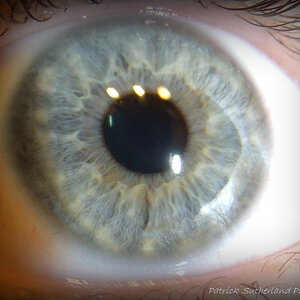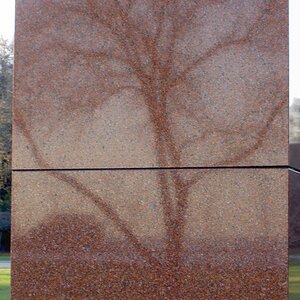john sherratt
TPF Noob!
- Joined
- Aug 31, 2010
- Messages
- 127
- Reaction score
- 2
- Location
- okotoks calgary
- Can others edit my Photos
- Photos OK to edit
Sorry did not know where to post this so thought it would be ok here please move if its in the wrong place a very intresting video.
1,000,000,000,000 Frames/Second Photography - Ramesh Raskar - YouTube
1,000,000,000,000 Frames/Second Photography - Ramesh Raskar - YouTube



![[No title]](/data/xfmg/thumbnail/42/42275-2ca41f93a172e2e510afb46912a2bb61.jpg?1619740084)

![[No title]](/data/xfmg/thumbnail/41/41920-c7de4d93604fb89eb48454f9e5dba8a0.jpg?1619739944)
![[No title]](/data/xfmg/thumbnail/42/42277-63576745f84be96df79b94ca0f49e00b.jpg?1619740085)







